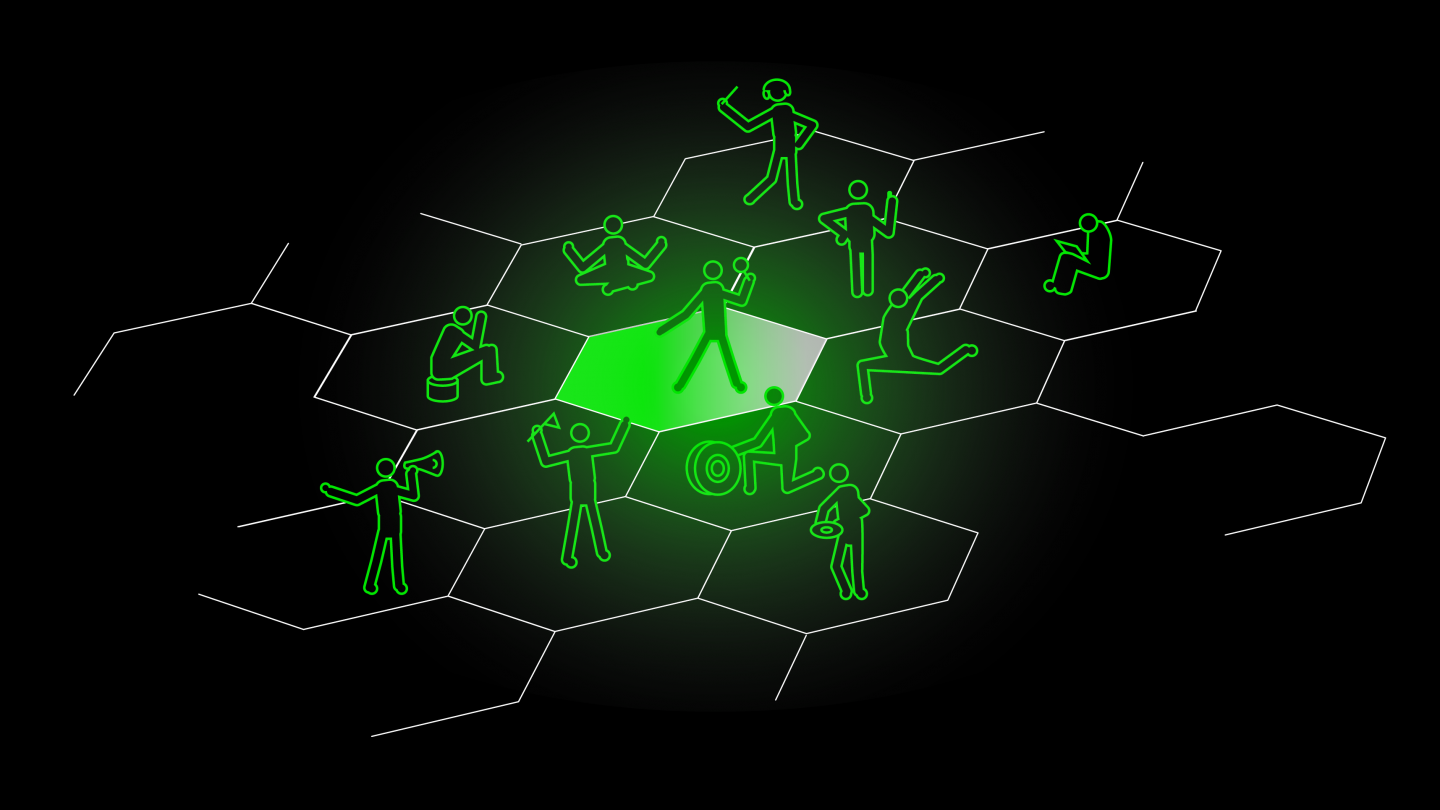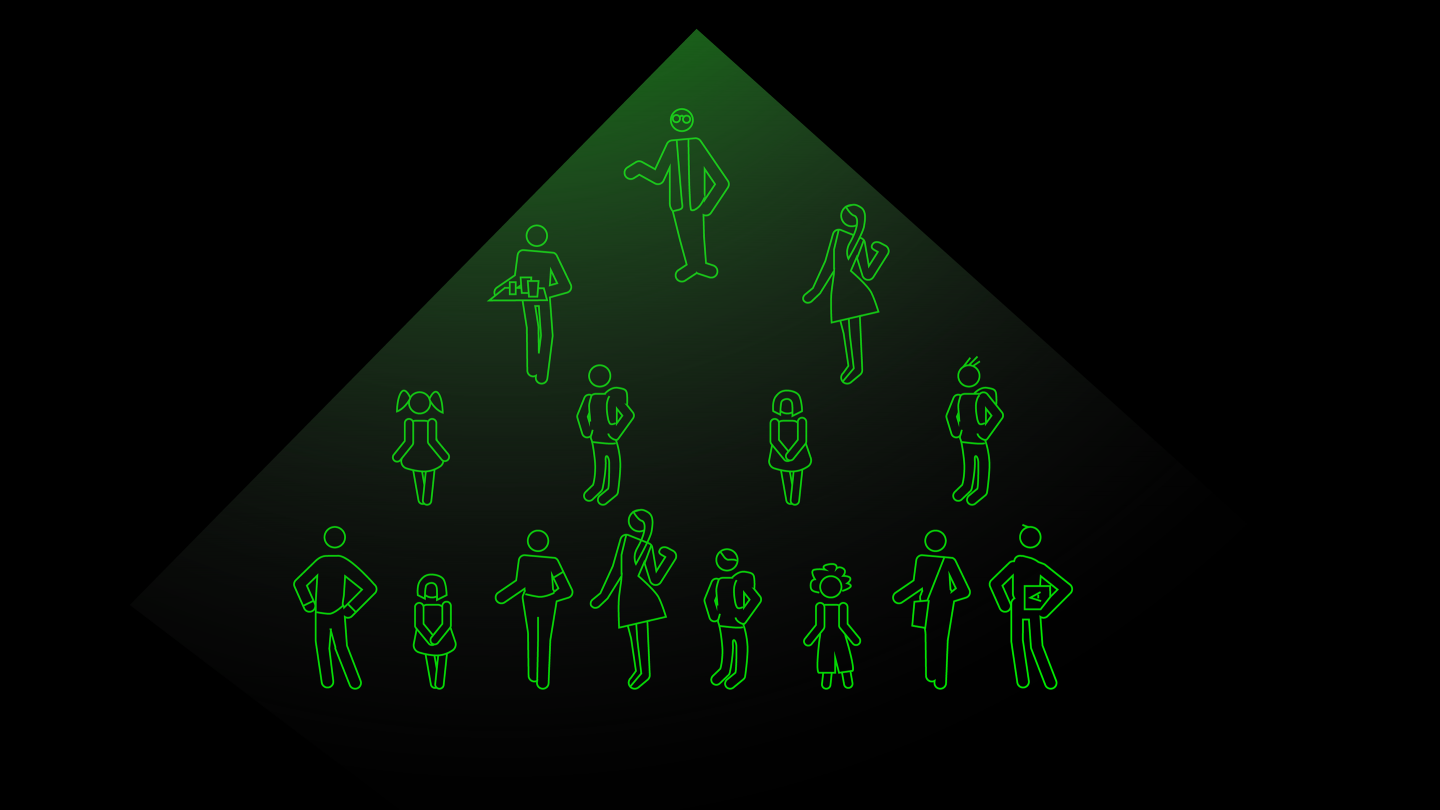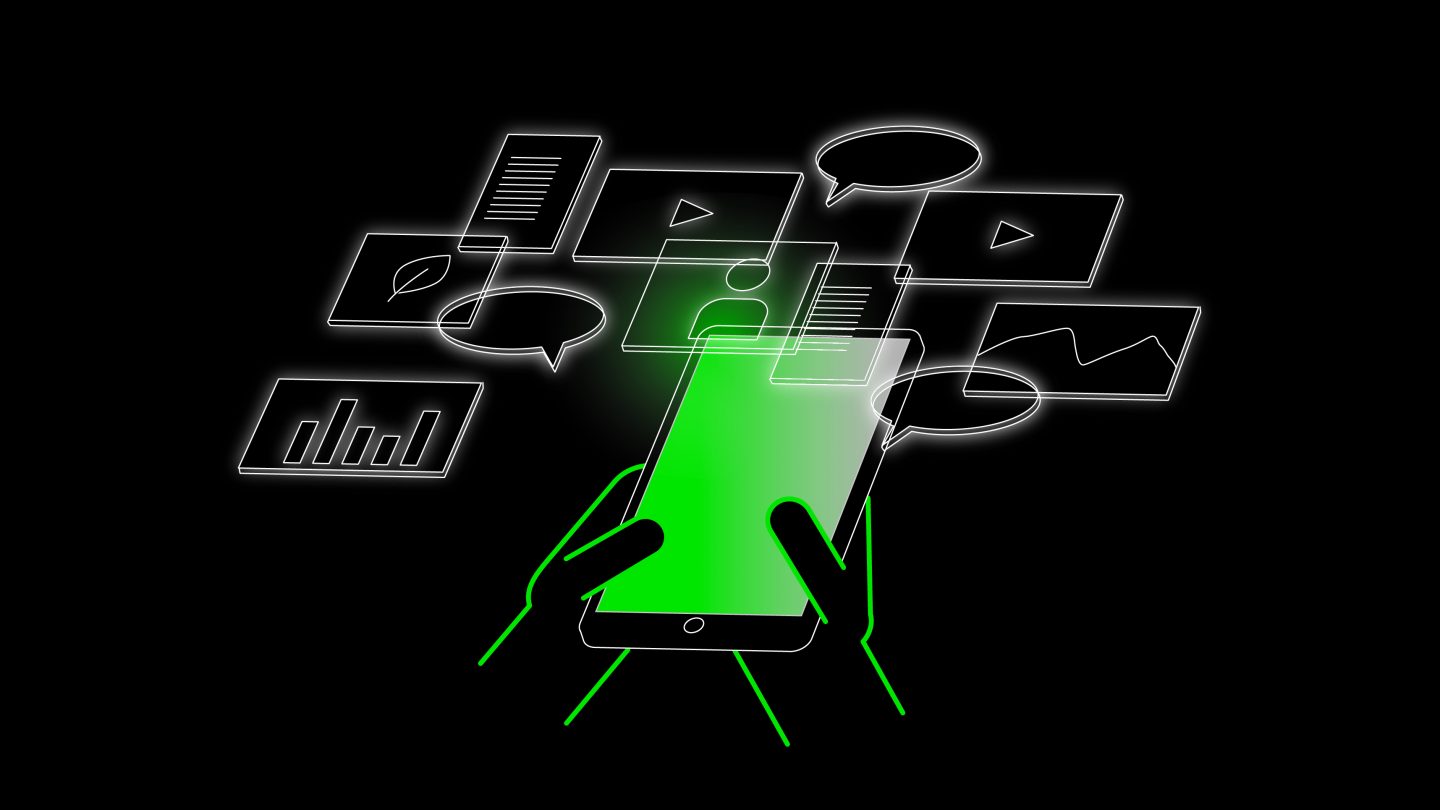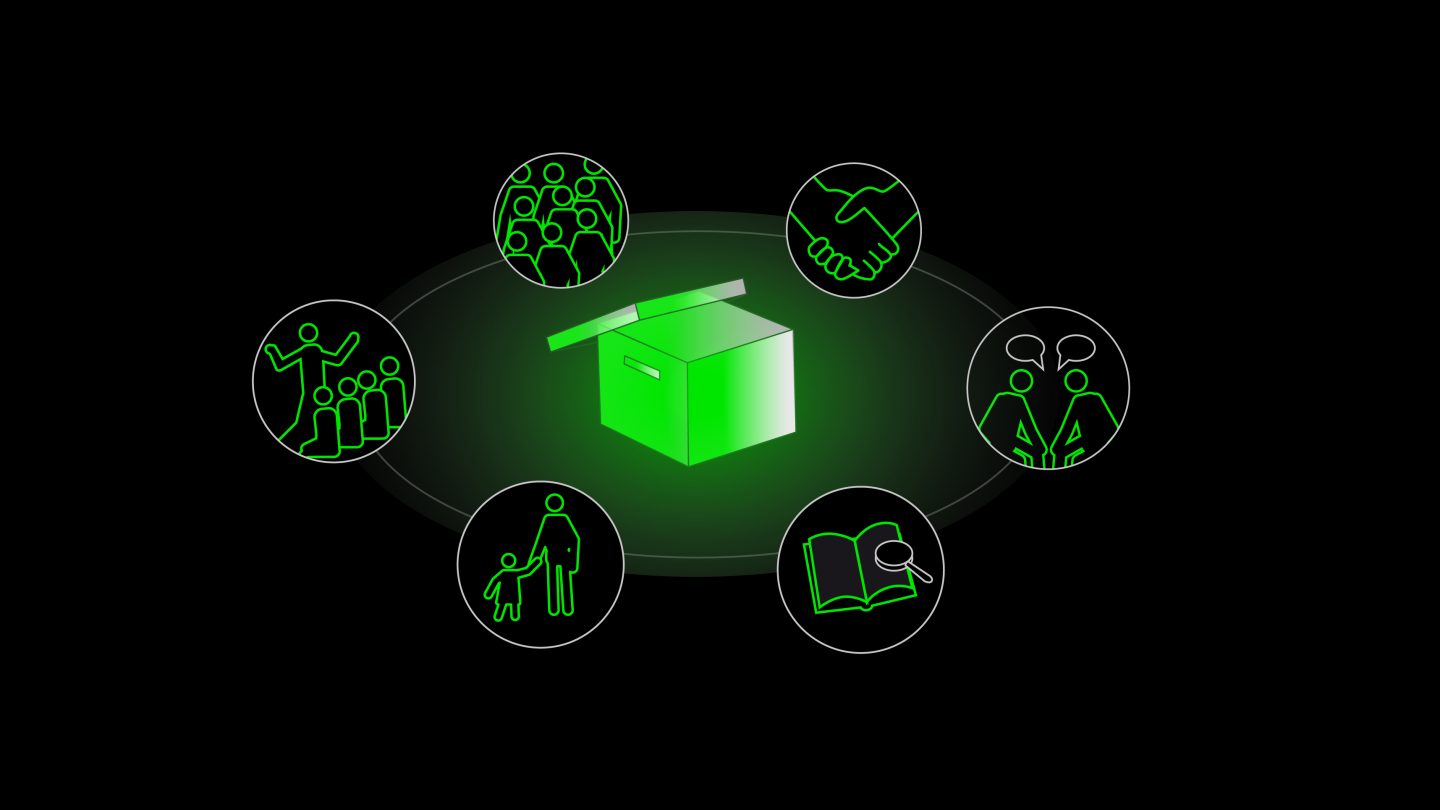The archive in metropolitan society: a place of urban and social identity
Municipal and state archives are out of the public eye – unjustly so. Obviously, 99% of the people are not interested in files of administrative procedures - but archives are so much more: photos, plans, contracts, manuscripts, video and sound recordings. In an archive, one can discover why things were or became the way they are.
Archives are a collective memory. Here, objects and documents make the past and its relevance for the present visible. They make the actions of institutions verifiable. They are not only places of research for those who are specifically interested, but, if they are designed correctly, also places of learning: Why and when and by whom did the city, did the living conditions, did the rules become created or did the events happen that affect my life now? An ever-increasing fragmentation of society is becoming apparent: groups are developing their own identities by separating themselves from the world outside. To counteract this, it is increasingly a matter of finding what a society has in common, what unites it. This can succeed as long as each individual feels addressed and personally valued. City archives - or archives in the heart of the city - can become enablers of such civic participation. Moreover, archives show that it is not only about documentation and retrospective control of administrative activities, but about the actions and significance of all citizens. Archives can therefore contribute a lot to the appreciation in a society, because they show through their collection: Everyone is part of society.
The challenge
An archive sees itself as a mainstay, as a repository of knowledge, as a place of learning for people, and must be recognizable as such. To that end, it needs new formats - and many archives have already acknowledged this, that they need a new attitude and a completely different way of thinking. It's about an approach and a completely different way of thinking when it comes to its conception. In concrete terms, it means creating a meeting space, a thinking space, a communication space, that is open to all citizens. It should be developed as a meeting, learning, assembly and event venue, and allow for a variety of activities, even outside of its actual function, making it necessary to create an urban identity and establish a hub for cultural and social networks. This expansion of possible uses is a challenging task for an archive, also in terms of personnel. But it is a matter of further connecting society, of living together, and so strengthening it.
New target groups - new potential
This will open up new target groups - new audiences have the opportunity to participate. Whereas in the past it was mainly scientists and hobby researchers, citizens interested in history and regional studies who came to the archives, in the future it will be possible to attract a diverse group of visitors, including young and old people, laypersons and experts, as well as people from all ethnic groups and walks of life. This requires new forms of use: In addition to its function as a repository of collections and its development into a meeting place, spaces must be created in which visitors can acquire skills on site to handle historical material themselves. Especially for people who use digital channels and tools intensively, the existing technical infrastructure should offer added value: As a citizen, what can I use there, can I experiment with something, such as digital archives? Can I dock on there? Can I co-use the infrastructure?
The core message of this space should be that everyone in society is important, and everyone should be invited to leave a personal trace in the archive.
You are archive worthy!
"You matter, you are important". This message leads to an appreciation of those who visit, those who participate. Almost everyone already carries a digital archive, namely their smartphone. One way to use this immense reservoir and to involve the community is to hold events on site: The viewing, and possibly subsequent recording of the material in an archive, leads to direct participation of the visitors. An archive can offer the opportunity to be actively addressed as a person, to become involved, to contribute one's own history and so become part of history.
The future of learning between analog and digital
An interface between analog and digital must be available at the location. For example, original tape recordings from events in contemporary history could be selected as cases. Because not only the people who experienced this period, but also subsequent generations still feel the vibrations that emanate from these recordings. A research station in the form of mixed reality, where the original or a replica is interactively connected with digital information, can attract many interested people.
Johannes Milla, Creativ director and CEO Milla & Partner„The more digital the world, the more it needs real encounters. But it also needs visitors to experience haptics and sensuality. Hopefully, archives will be able to contribute to this in the future.”
Culture Hub & digital archive lab
Important is also that an archive is not "only" an archive. It can be a node - a hub - for other local institutions. The connection to an archive can create new synergies between institutions and so become a networking space. In a digital archive lab, it would also be possible to become involved as a user and visitor and to engage in collaborative work.
A virtual and immersive archive
The visualization of data is a great area to explore - and the associated linking of information transfer with the personal experience and perception of it. Intelligent games are now used by 65% of the population. Developing immersive spaces in the archive which can then be seen and experienced, is highly attractive. Visitors may also be able to contribute their own data, images or thoughts, thereby changing the space and becoming part of the whole.
With the described content-related and design measures, society and the archive can enter into a close interaction with each other.
A new quality of sojourn, low-threshold offers, and a digital and analog visitor center transform the institution into a place of encounter and knowledge for all. In the process, it is important that citizens embrace their archive and, above all, participate as citizen-scientists in the writing of the country's history. And in doing so, feel that they are a valued part of this society.






